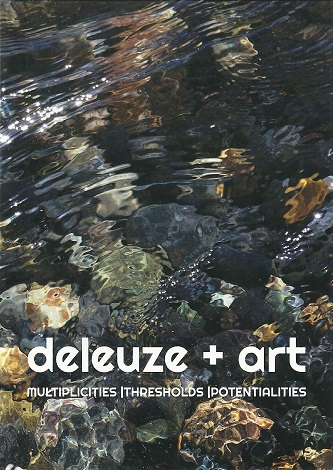‘Deleuze and Doctor Who – univocity, multiplicity, and cineotic series’

Deleuze + Art: Multiplicities | Thresholds | Potentialities (2016).
Panel presentation.
Trinity College Dublin, Ireland, 8-10 April 2016.
This paper proposes an encounter between Deleuze and the Doctor. It explores the eponymous tv show as a version of the philosopher’s ontology of univocity and multiplicity as practiced in – amongst other texts – Logic of Sense (a ‘series of paradoxes’), the Cinema books (a ‘series of signs’ as a cinematic semiosis) and, with Guattari, A Thousand Plateaus (a series of ‘everything within range’). Deleuze writes, in Difference and Repetition, bodies ‘are distributed across the space of univocal being,’ yet rather than a homogenous field, univocity is radically heterogeneous, ‘“[e]verything is equal”… can be said only at the point at which the extremity of difference is reached’ (DR: 378). Such an ontology is inspired by Bergson, where Deleuze sees Bergson’s ‘[d]ualism is… only a moment, which must lead to the re-formation of a monism,’ univocity ‘engulfed in pluralism’ as two series – one actual, one virtual, ‘actual spatial multiplicity and virtual temporal multiplicity’ (B:29,76,85). ‘Being,’ concludes Deleuze, ‘is One, in conformity with its type of multiplicity’ (B:85).
Such an ontology emerges in the aesthetic domain of the singular art universe that is Doctor Who. Running – on and off – for over 50 years, the series is composed of serials and episodes, images and narrations creating narratives exploring time travel, many worlds and carnal states. The show is an example par excellence of difference and repetition: the Doctor is one as a multiplicity of beings; and spatio-temporal events are endlessly explored, problematized, and ungrounded. Such is the aim of this paper, to enact a conversation between Doctor Who and Deleuze through time travel, many worlds, and carnal states.
Book of abstracts | No transcript available as yet